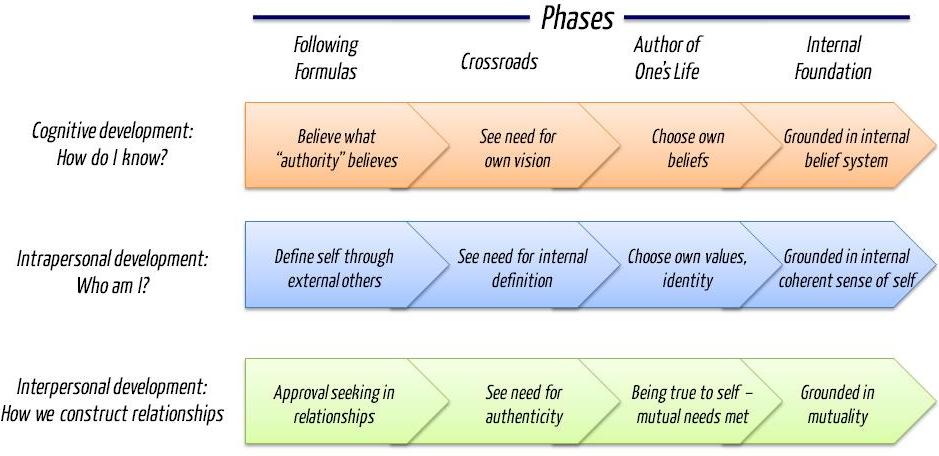(note: This is another “repost”…this time from a post I made for the “Tarheel Diversity” blog that I believe is now defunct. jb)
Have you ever really thought about why you believe what you believe? The truth is, we’re all trying to figure out who we are, what we believe, and what we stand for. In many ways, that’s what life on a college campus is all about. The academic term for that is “identity development”, and you’ve been at it for a long time.
Have you ever watched a small child mimic their parents or a teacher? They’re very good at it. It’s one of the ways they try to make sense of the world…the grownups are doing things in a certain way, so that must be the way to “be a grownup”. Many of the things they pick up become part of their personality…and the messages given to them by parents, teachers, coaches, and other influential people helps to create their “beliefs” about the world.
Even as teenagers work through all of the things that define them as independent beings, there is still a great deal of their beliefs are someone else’s. Think about this: If you have a specific religious/spiritual affiliation, how did you come to be a member of that affiliation? Many young adults could say that they belong to a specific affiliation because of their parents or some other authority figure. Here’s another one: How did you come to determine the style of clothes you wear? Do you care about what people will think about you based on what you wear? Who’s opinion do you care about the most?
We are all on a journey toward what Baxter Magolda (2001) calls “self-authorship”. Her theory suggests that intellectual development is made up of four distinct phases. The first phase involves following formulas – where what you believe, how you define yourself, and what is important in the relationships you have – is determined by an “authority” (e.g. parent). For example, a person at this phase might say, “I go to this church because my family has always gone to this church”. At this phase, the emphasis is on seeking approval in a relationship, or doing things to make the other person happy, even if that may not be in your best interests.

The second phase is called the crossroads, and as the title suggests, this is the point where the person might start to wonder if the things they “believe” are the things they really believe. In this phase, the person starts to see the problems associated with letting other people define who they are – in a sense, they start to feel “fake”. At this point, we start to realize that we might believe things that the people we look up to might not, and we begin to realize that its okay for that to happen…we see that we don’t want to seek approval, but respect and caring.
The third phase is where a person becomes the author of one’s life, when we start to choose beliefs, values, and identity that feel “real” to us. In relationships, we look to negotiate ways that both individual’s needs can be met. Finally, a person develops an internal foundation, where s/he feels comfortable and grounded in their identity. This doesn’t mean that you have all the answers, but you know that when you say “I believe in…” it really feels like you do believe in it, not that you’re saying that because someone would like you to say it.
It’s important to know that this is a life-long journey, and that it is not a steady climb. We all “slip” back to previous phases at different points in our lives…I think it is normal to occasionally question your beliefs, attitudes, and values…it’s the best way I know to make sure you’re living authentically. But wherever the journey takes you, it will be worth it, as long as you remember that you are here, now.
Source: Baxter Magolda, M.B. (2001). Making their own way: Narratives for transforming higher education to promote self-development. Sterling, VA: Stylus.
